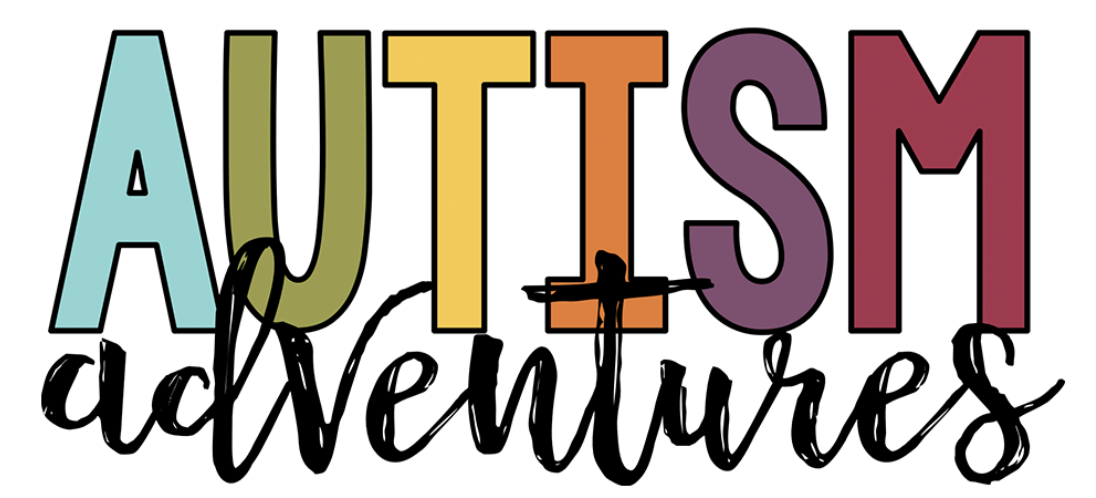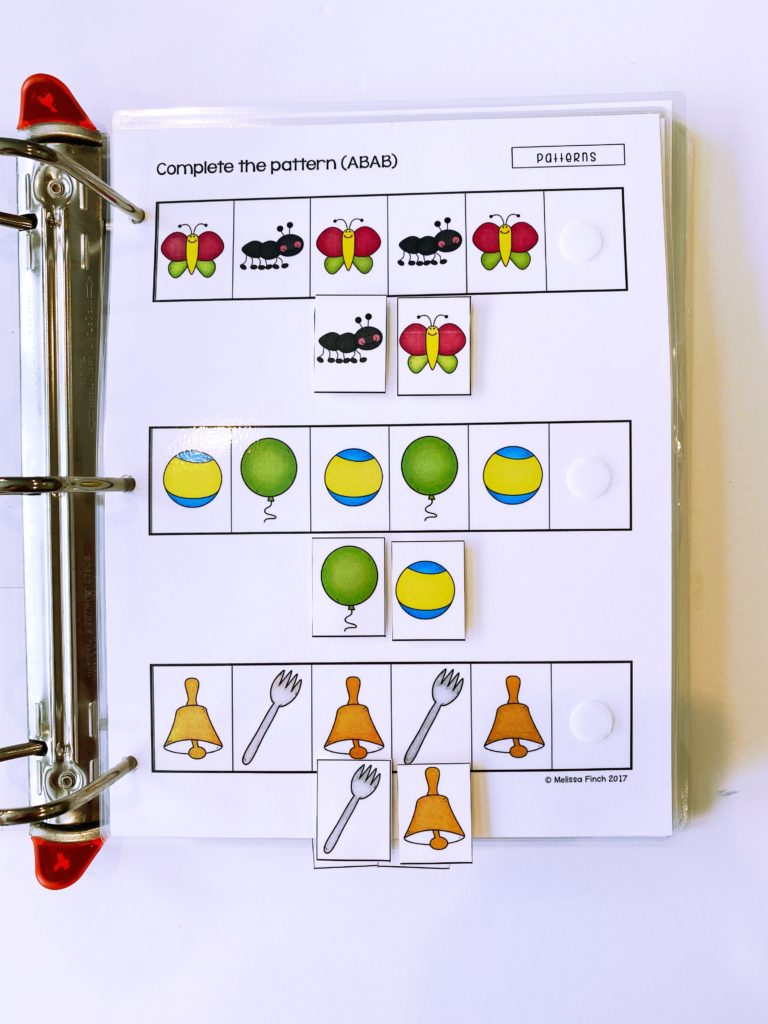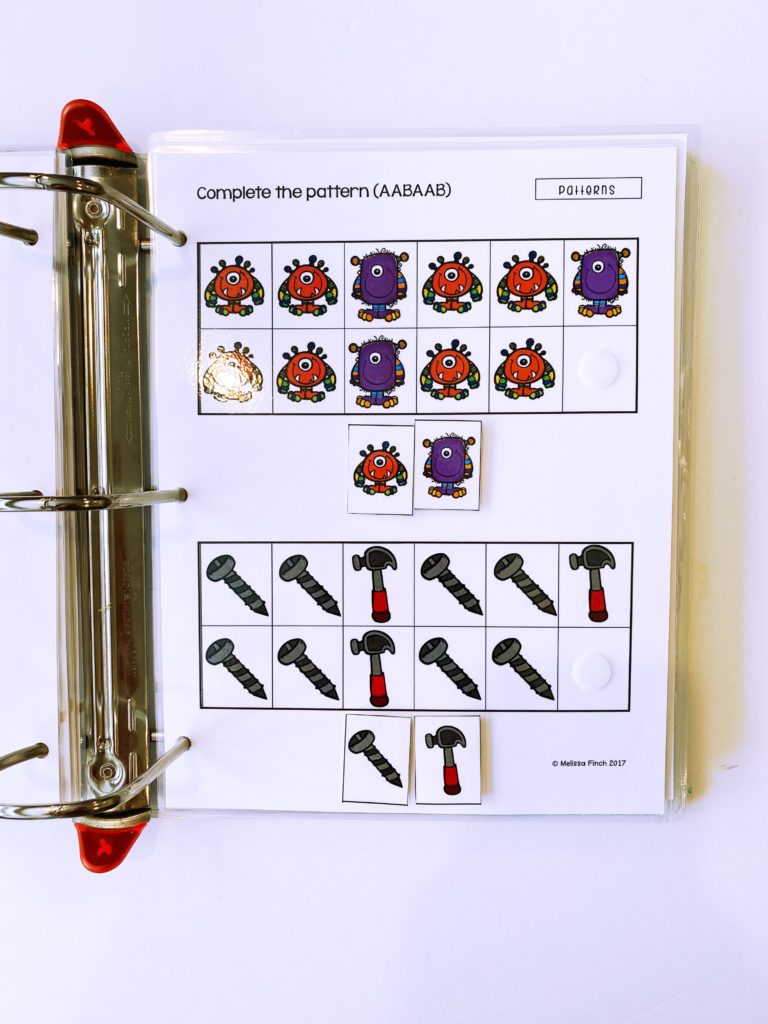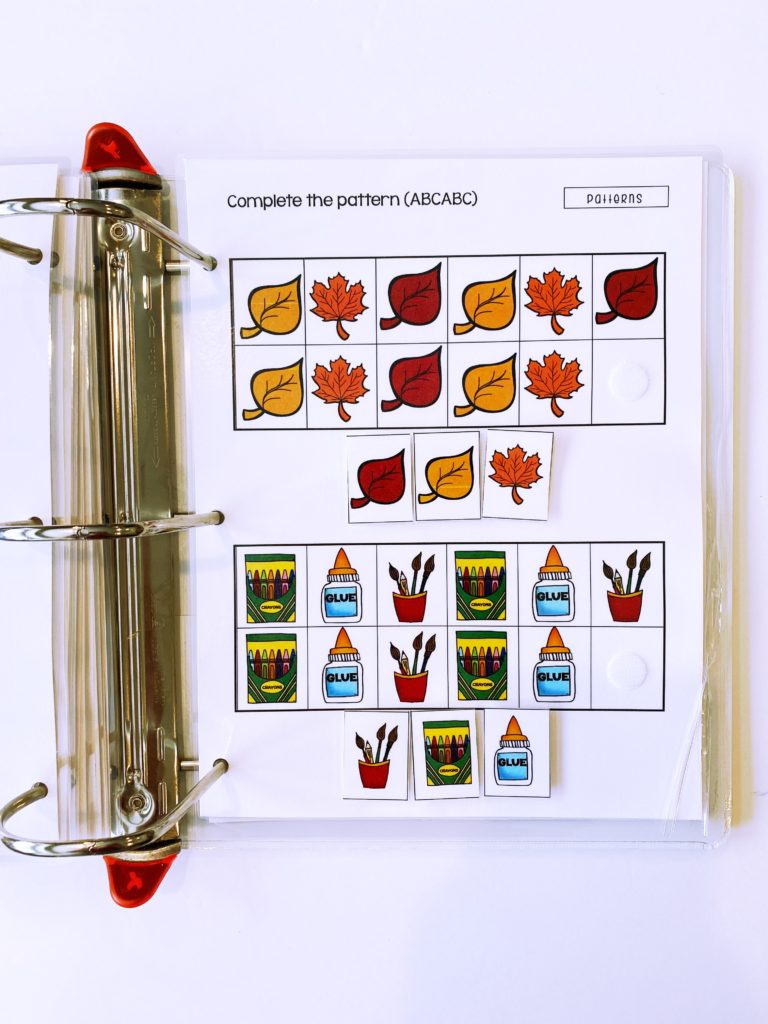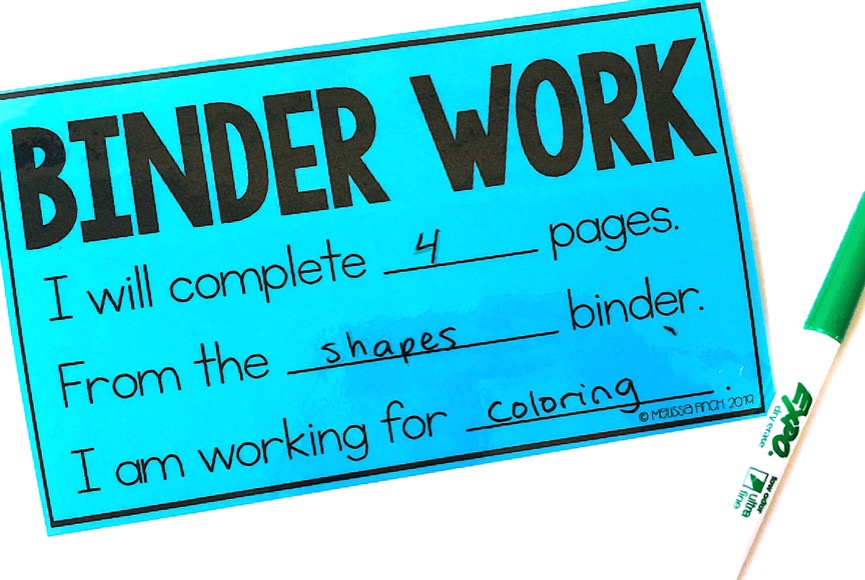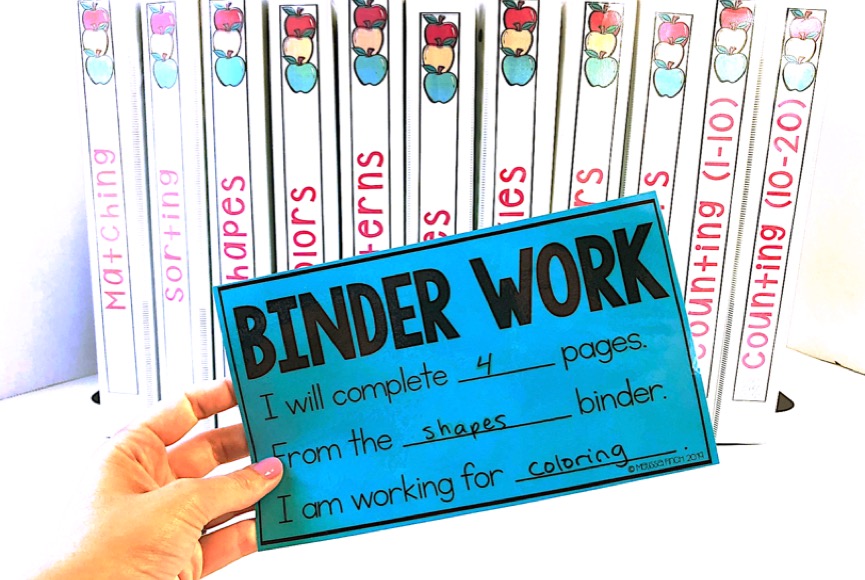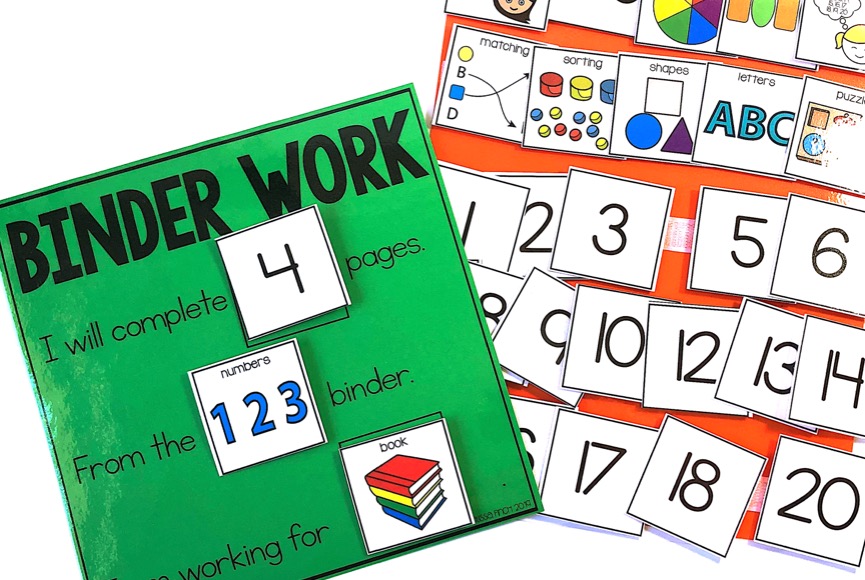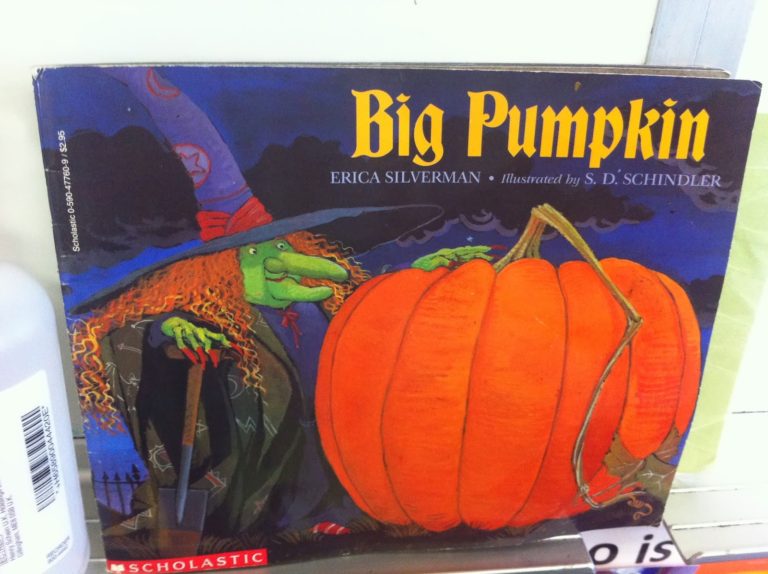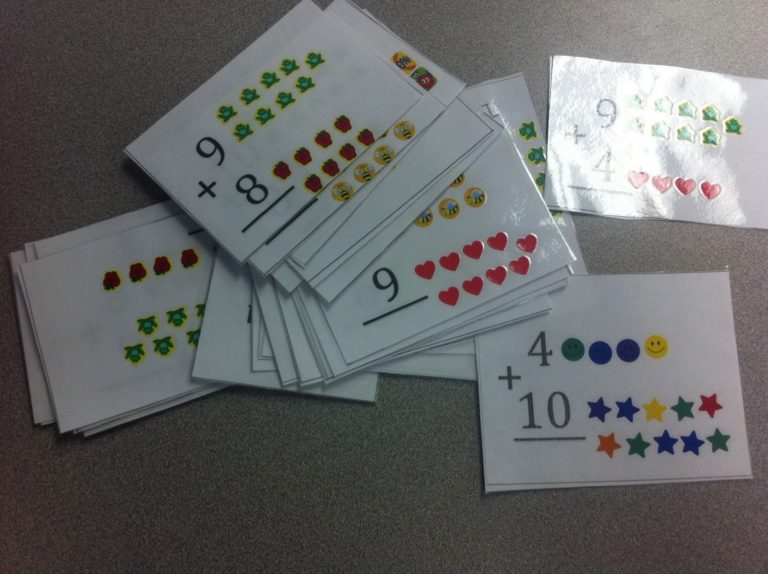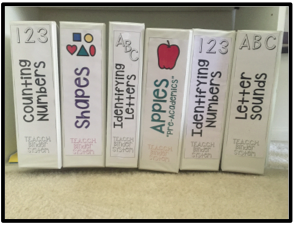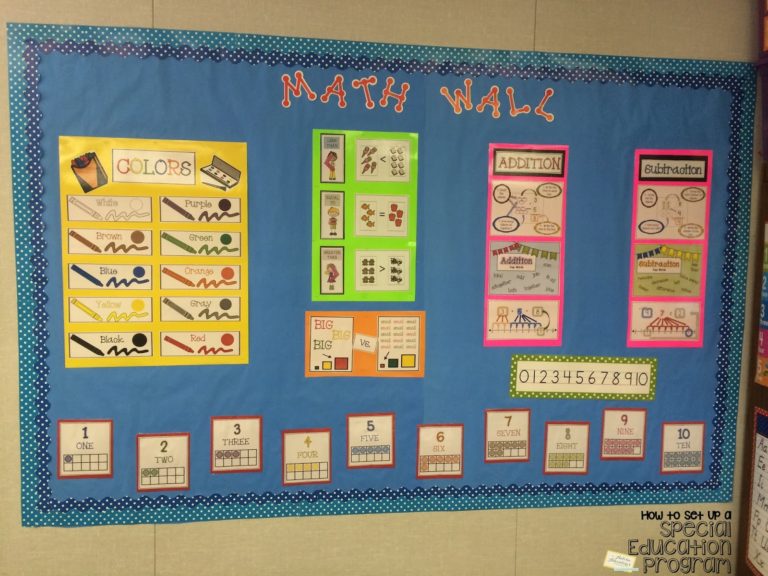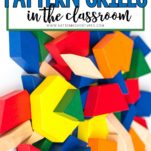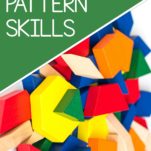Teaching Pattern Skills in the Classroom
Teaching basic skills is so important in any classroom. Teaching basic skills can be fun, hands on and educational all at the same time. Today’s blog post I am going to be talking all about pattern skills in the classroom, and why these skills are a crucial basic skill for students.
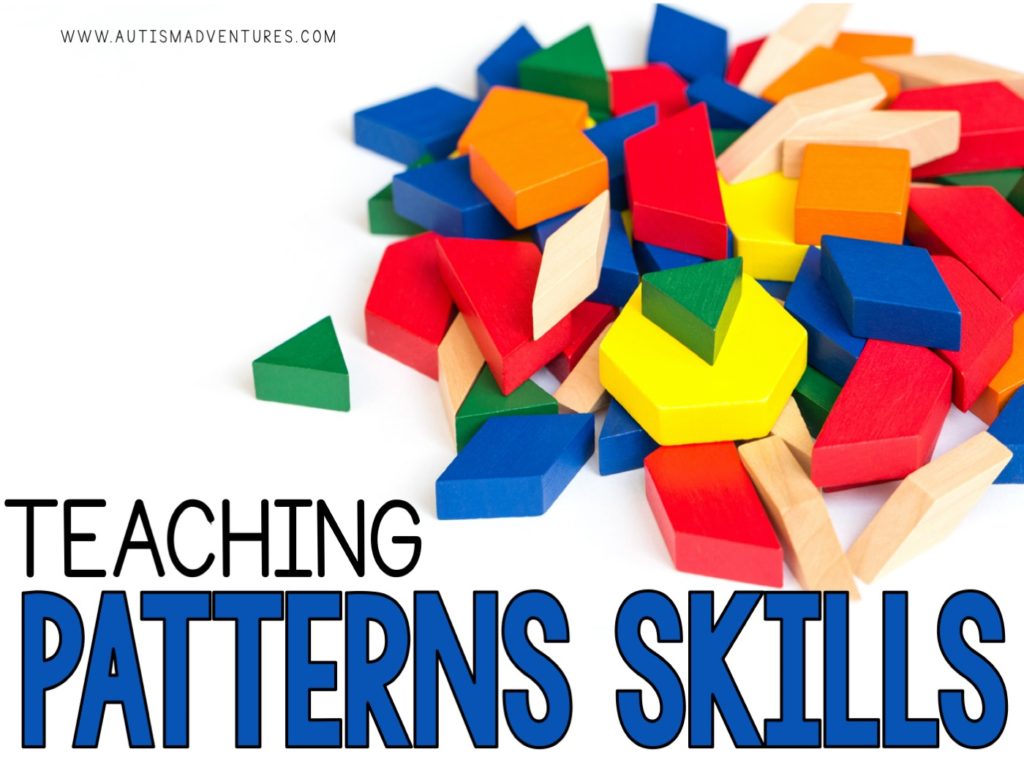
* This post may contain affiliate links. This means that if you click and end up purchasing, you pay no extra cost, but I earn a small fee for referring you.
Benefits of Mastering Knowledge of Patterns
Red block, yellow block, red block, yellow block…when playing, young children often spontaneously create patterns. Working with patterns provides a strong foundation for children to learn sequencing, how to make predictions, and how to create order. Patterning is actually an algebra skill, so learning to recognize patterns helps students understand the logic structure in algebra in later grades. When children create and extend patterns, they strengthen their visual and spatial thinking. They learn to make predictions based on what they observe and how to analyze information presented to them.
How Knowledge of Patterns Leads to Real-World Learning
As adults, we may not often recognize just how much we use patterns in our everyday life. Patterns help us establish order. If we are able to see patterns, we can often alter those – even if they are as complex as behavioral patterns.
Consider, for example, a business owner who notices a pattern about one particular employee. On Monday, the employee is early for work and on Tuesday, he is on time. He comes in later and later, and by Friday, he is nearly 15 minutes late. The business owner can intervene to interrupt that pattern. Recognizing a pattern allows people to quickly assess situations and start to resolve any problems.
There are also many careers that involve the ability to recognize, create, and extend patterns. Software designers, artificial intelligence creators, and engineers use coding, which is largely reliant on patterns. Individuals in financial fields – particularly stockbrokers – focus on patterns to help make predictions. Artists and architects also use patterns daily in their creations. Clearly, people who engage with patterns easily have many opportunities in the real world.
Activities to Build Knowledge of Patterns in the Classroom
People are often surprised to learn that when a four-year-old creates patterns with her toys, she is actually laying the foundation for algebra learning! Children learn to create patterns by organizing items according to a particular attribute – by color, by size, by the sound something makes, etc. Often, children begin by making an AB pattern (tall, short, tall, short); their next steps are to make patterns that are more complex, like ABB or ABC. Later, children learn to recognize patterns with numbers. We see this when children learn to count by 2’s or when they learn to identify odd numbers. Teachers enhance students’ learning of patterns by helping children extend a pattern, explain it, and find a mistake or a missing element.
Following is a top ten list of patterning activities to build puzzle skills. Try out some of them to help your students learn about patterns.
1. Pattern of the Day
Include a “pattern of the day” during the morning meeting. It is easy to create a pattern on a calendar that you review each day. You might also give students a pattern as a “warm-up” at the beginning of math time or as a journal entry.
2. Pattern Week
Designate a week as a certain pattern week (It’s ABCB week!). Set up a center for children to go to a few times during the week. At that center, include many different materials for students to use to create their patterns. At the end of the week, have a “pattern museum.” Have each student put their favorite creation on their desk and ask students to walk around viewing the different patterns.
3. Pattern Walk
Do a pattern walk outside. Look for patterns everywhere – on leaves, on flowers, bricks on a building, etc. Take photos, then make a PowerPoint™ slideshow of the photos you found. You can post the slideshow on a class webpage or blog or email it to parents so that students can share their learning with them.
4. Pattern Actions
Get moving! Create patterns by different actions – stomping, clapping, hopping, jumping. Start by doing a pattern (like stomp, stomp, clap) and have students copy it. As students become more proficient with patterns, have them create patterns for you and other students to copy.
5. Sound Patterns
If music is your thing, make sound patterns. Collect items that make noises; these can include instruments like small drums, a tambourine, and a bell, or everyday items like toys that make sounds, a metal pot with a wooden spoon, and a bowl with a lid. Use them to make patterns with sounds. Have students close their eyes while you play a pattern. After you play the pattern a couple of times, call on a student to come up and copy the pattern.
6. String of Patterns
String beads or colored cereal. Assign a pattern and encourage students to use any color of the materials that they like to create a string of the repeating pattern.
7. Pattern Sponges
Collect sponges of a variety of different shapes and figures. You may be able to find animal sponges at a dollar store; if so, students can create a patterned animal parade (monkey, monkey, elephant; monkey, monkey, elephant)! You can also do this with any manipulatives.
8. Wallpaper Patterns
You might collect paint sample chips or wallpaper sample pieces for children to use to create patterns. Go to a local hardware store and ask if they have outdated paint sample chips or wallpaper books. They are often more than happy for you to take outdated wallpaper books off their hands.
9. Sticker Patterns
Who doesn’t love stickers? Give students a page of mini-stickers and have them create patterns on a strip of paper.
10. Missing Element Patterns
As students become older and more sophisticated in their understanding, use numbers and letters to create patterns. Ask children what comes next? That gives them practice in extending patterns. Create a pattern with a missing element and ask children what is missing? This encourages them to check their thinking about that pattern; they can explain the pattern as they determine the element that is missing.
Pattern Binder Tasks
I am a huge believer in binder tasks and file folder activities in the classroom. They may require a lot of prep in the beginning, but offer so many benefits for years to come.
This Binder Work System focuses on pattern tasks! There are 50 interactive pages that can be used to practice patterns. A wide variety of matching activities are included to meet the needs of all of your students! All of these binder task activities are non-seasonal, meaning they can be used year round!
This bundle includes:
The Binder work system is great for early childhood programs, special education programs or autism classrooms/programs. The Binder Work system was designed to create a systematic routine system for students to work independently on already mastered skills that they learn at the math, reading, and writing centers/classes. This can be an every day work center/rotation within your classroom that requires no planning. To learn more about organizing and storing binder tasks, read this blog post HERE.
If you are looking for some free binder task visuals, click on the images below or read this old blog post HERE.
This product can be used 3 different ways:
- Print, laminate and assemble in binders for reusable interactive work tasks
- Assemble into file folder activities
- Print and use as cut and paste worksheets for extra practice/fillers
Pattern Games and Activities
Below are some great games to practice pattern skills in the classroom! These are all available on Amazon and most are also available at common places like teacher supply stores, Target and Walmart!
In Summary
Pattern skills are a fundamental skill that provides the foundation for learning in many different areas. Not only do children develop many pre-academic skills, pattern activities are just fun!
Like what you read? Don’t forget it, PIN IT!

